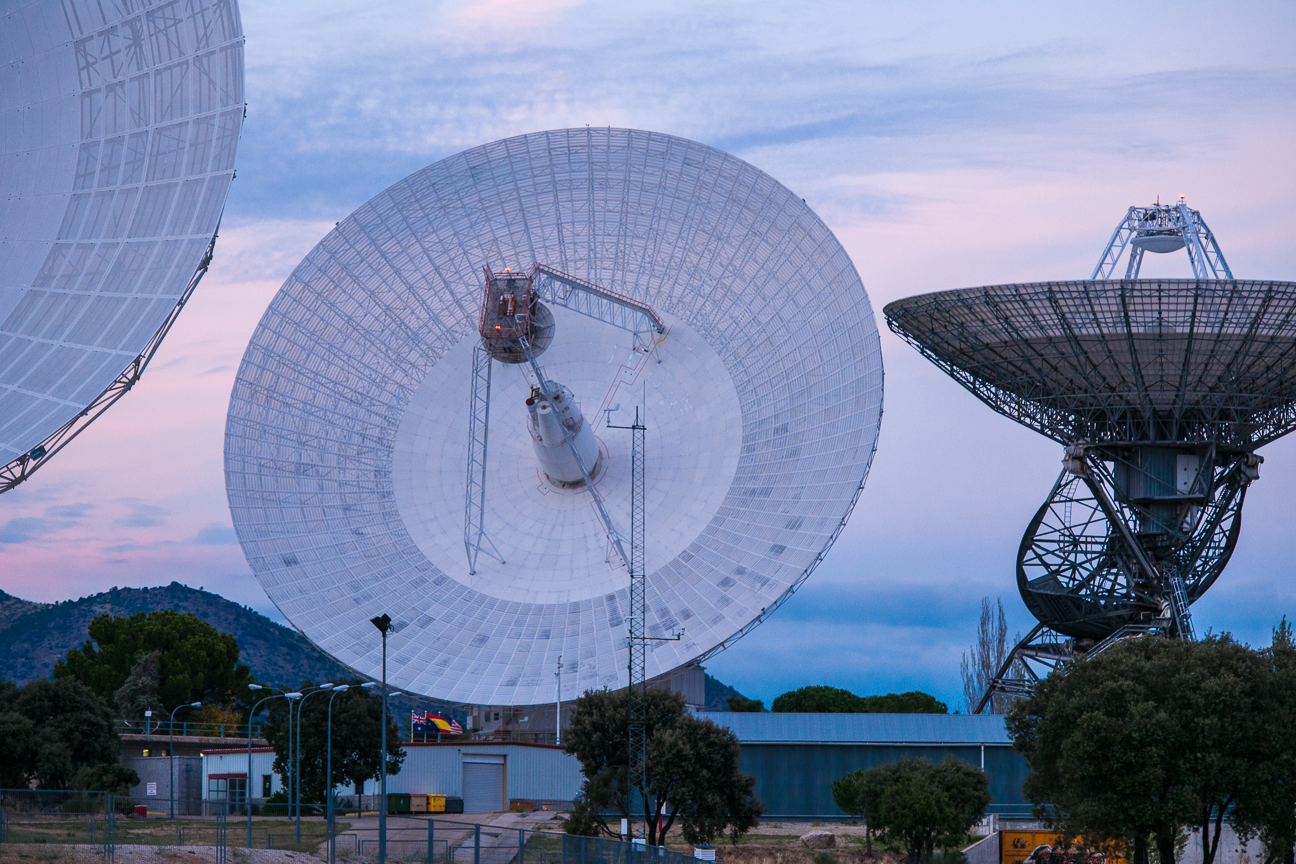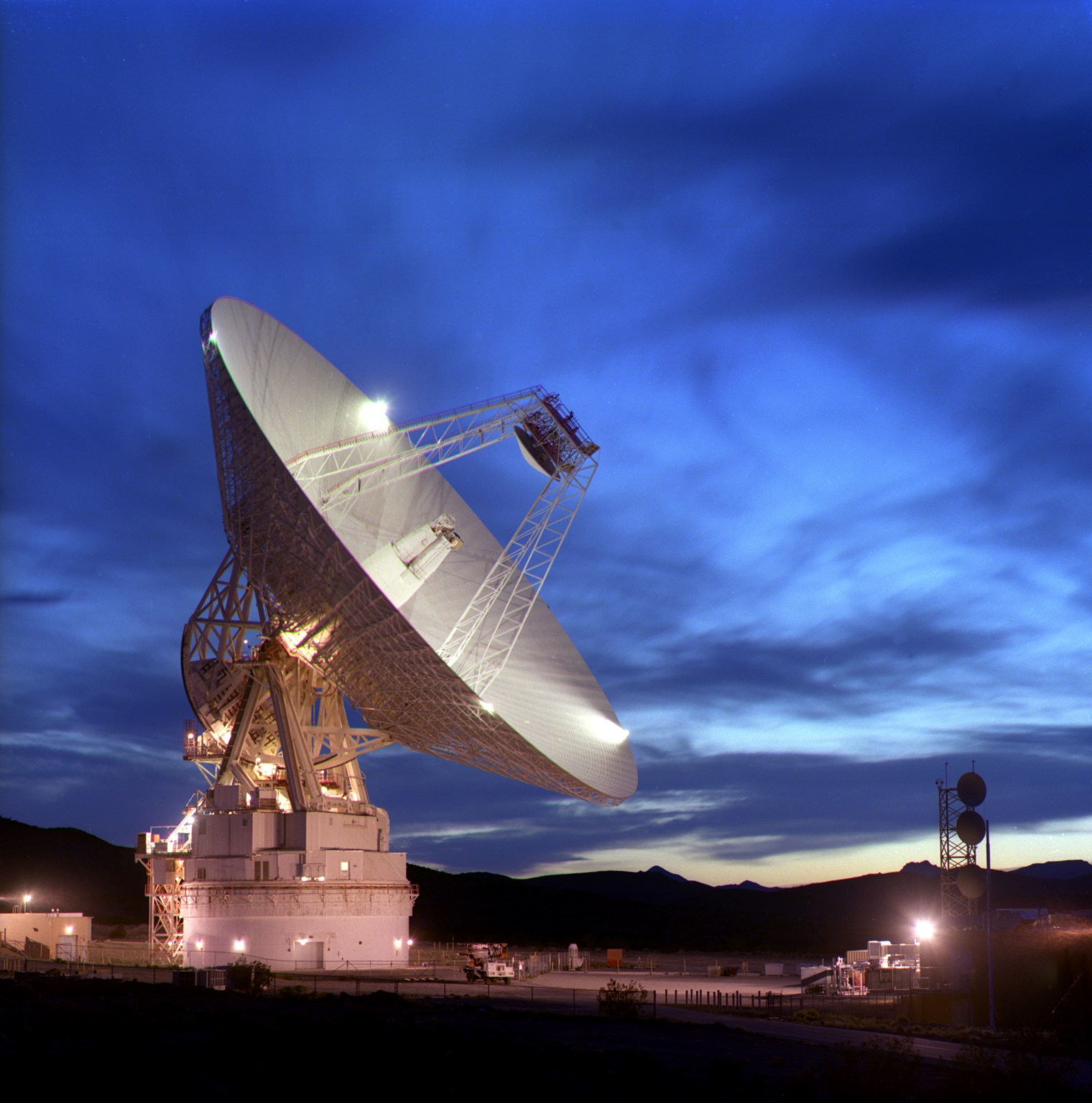Overview
When it comes to making a long-distance call, it’s hard to top NASA’s Deep Space Network. It’s the largest and most sensitive scientific telecommunications system in the world.
The Deep Space Network – or DSN – is NASA’s international array of giant radio antennas that supports interplanetary spacecraft missions, plus a few that orbit Earth. The DSN also provides radar and radio astronomy observations that improve our understanding of the solar system and the larger universe.
The DSN is operated by NASA’s Jet Propulsion Laboratory (JPL), which also operates many of the agency’s interplanetary robotic space missions.
The DSN consists of three facilities spaced equidistant from each other – approximately 120 degrees apart in longitude – around the world. These sites are at Goldstone, near Barstow, California; near Madrid, Spain; and near Canberra, Australia. The strategic placement of these sites permits constant communication with spacecraft as our planet rotates – before a distant spacecraft sinks below the horizon at one DSN site, another site can pick up the signal and carry on communicating.
The antennas of the Deep Space Network are the indispensable link to explorers venturing beyond Earth. They provide the crucial connection for commanding our spacecraft and receiving their never before seen images and scientific information on Earth, propelling our understanding of the universe, our solar system and ultimately, our place within it.
What Does the DSN Do?
The Deep Space Network is much more than a collection of big antennas. It is a powerful system for commanding, tracking and monitoring the health and safety of spacecraft at many distant planetary locales. The DSN also enables powerful science investigations that probe the nature of asteroids and the interiors of planets and moons.
Where is the DSN Located?
Each of the three Deep Space Network sites has multiple large antennas and is designed to enable continuous radio communication between several spacecraft and Earth. All three complexes consist of at least four antenna stations, each equipped with large, parabolic dish antennas and ultra-sensitive receiving systems capable of detecting incredibly faint radio signals from distant spacecraft.
Antennas of the DSN
Each Deep Space Network site has one huge, 230-foot (70-meter) diameter antenna. The 70-meter antennas are the largest and most sensitive DSN antennas, capable of tracking a spacecraft traveling tens of billions of miles from Earth.
Media Inquiries:
NASA Jet Propulsion Laboratory
818-354-5011
Strategic Communications Lead:
NASA Jet Propulsion Laboratory
Sandy Marshall
howard.w.marshall.ii@jpl.nasa.gov


































